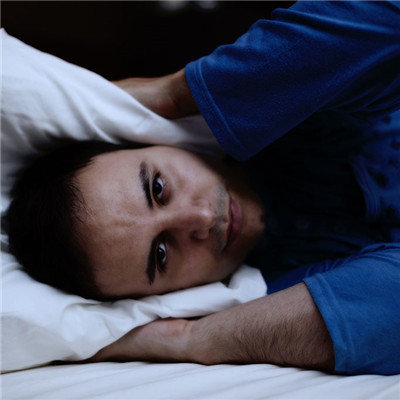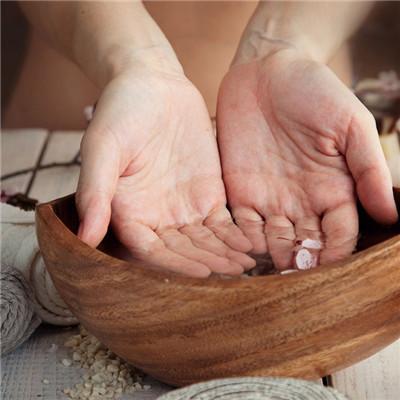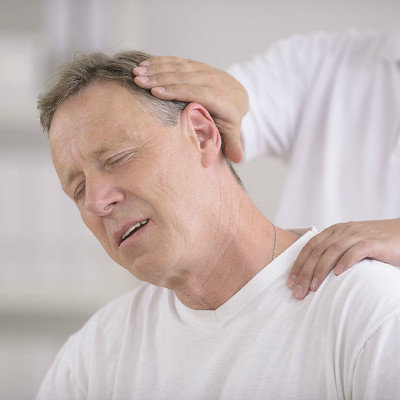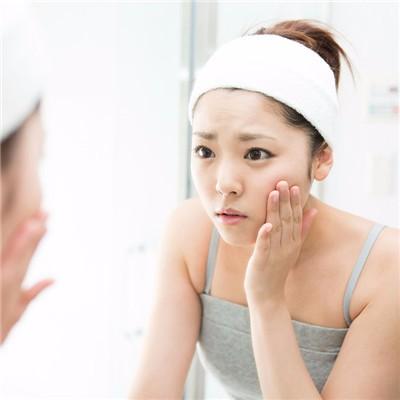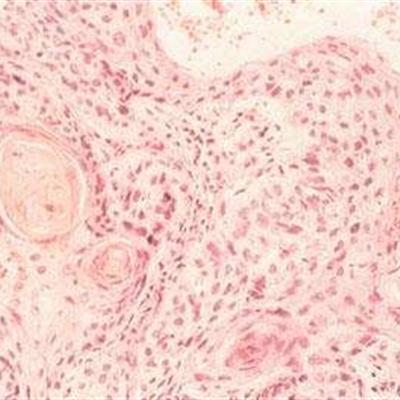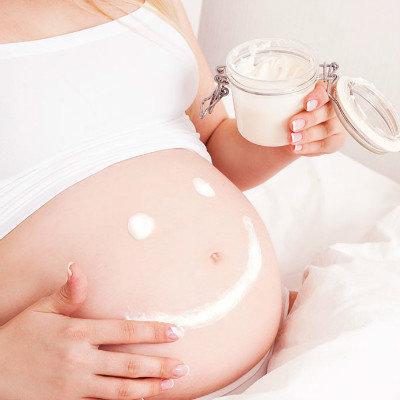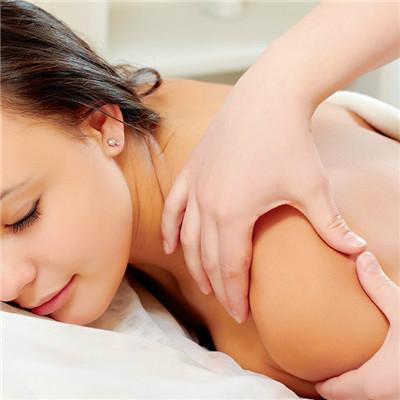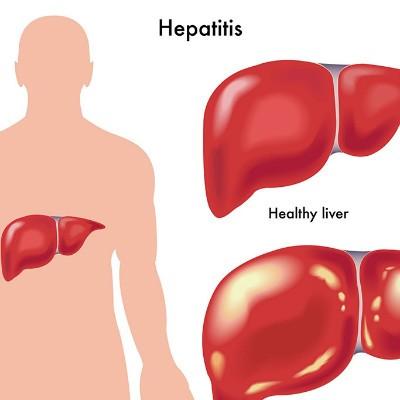How to treat multiple endometrial polyps
summary
Multiple endometrial polyps is a common gynecological disease, there is no special research data to show its incidence and what factors, but endocrine disorders can have endometrial polyps. The incidence rate of workers who are irregular in work life is higher, but they are not too afraid of endometrial polyps because most of them are benign and can be cured after treatment. Endometrial polyps can cause irregular vaginal bleeding, too long without treatment will cause anemia, and even infertility! So how to treat it.
How to treat multiple endometrial polyps
First: Hysteroscopic polypectomy] this method is widely used in clinical practice, at the same time, its damage is relatively small, and it is also the preferred method of treatment, but there are also disadvantages, polypectomy is not clean, it is easy to cause recurrence of uterine polyps, so it will also bring disease trouble to female friends again. This method is similar to laser enucleation.
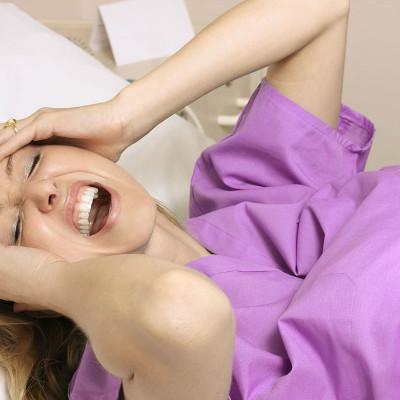
Second: this method is not acceptable to many female friends, but it is also the most thorough method. It is more suitable for patients who often relapse or who can not be cured for a long time. After hysterectomy, there will be no menstruation again, so be prepared. This method is more suitable for married elderly women who have given birth.
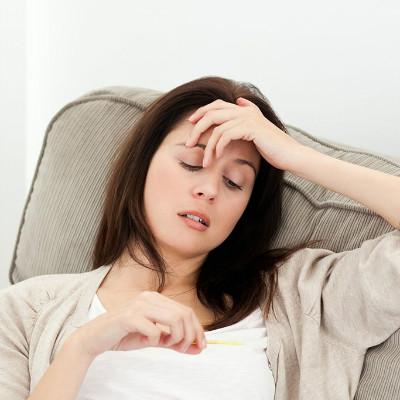
Third: the disease is getting younger and younger, which reminds young female friends to pay attention to. Usually to develop good health habits, menstrual period pay attention to keep warm, at the same time to pay attention to rest, do not stay up all night, stay up late on the endocrine impact is the biggest. At the same time, pay attention to a balanced diet.

matters needing attention
Endometrial polyps mostly occur in married women about 35 years old, but young female friends also need to pay attention to, not too many sexual partners, to live a normal sex life, develop reasonable living habits, pay attention to personal menstrual perineal hygiene.
